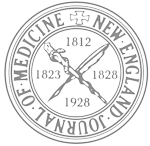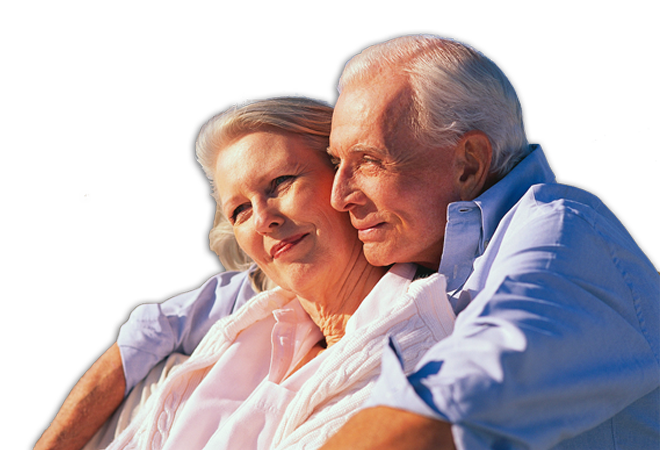About Keep Safe Medical
KeepSafe is part of a set of healthcare solutions by the family-owned and operated Security Safe Company. Since its establishment in1985, Security Safe has provided every customer with superior quality products that come backed by an exceptional level of customer service and support from a knowledgeable and experienced team. Our reputation for service after the sale and commitment to the customer’s best interest make us the best safety solution provider.
KeepSafe offers a full array of medical monitoring solutions to meet your needs:

- Straightforward emergency response system
- Enhanced safety reassurance
- Comprehensive tele-health support
- Flexible options to meet your requirements and budget
With KeepSafe, loved ones feel protected and confident that help is never more than a button-click away.
Some Interesting Statistics
According to the American Academy of Orthopedic Surgeons:

- Thirty percent of all people over the age of 65 fall each year.
- Fifty percent of older adults hospitalized with a hip fracture are unable to return home or live independently again.
According to the American Medical Association:

- Over 60 percent of prescribed medication in the U.S. is not taken as directed.
- Twenty-five percent of all hospital and nursing home admissions by seniors (persons 65 or older) each year are due to failure to take prescription medications as directed.
- Failure to properly take prescribed medication is the number one reason for hospital re-admissions.
According to a study by The New England Journal of Medicine:

- Subscribers of Medical Emergency Response Systems, like KeepSafe, have fewer hospital admissions and shorter stays after they subscribe. This allows them to live independently longer.
- The mortality rate is five times higher for people who lay incapacitated for 12 hours versus those who get immediate help.
- The New England Journal of Medicine concluded, “For elderly people who live alone, becoming incapacitated and unable to get help is THE most common event which usually marks their ability to live independently.”
According to the Consumer Safety Council:

- After the age of 65, six out of 10 visits a person will make to a hospital emergency room are a result of a fall in or around the home.
- Forty-five percent of all household accidents resulting in serious injuries take place in the bathroom. Twenty percent occur in the kitchen .
